-
-
Customer account
-
My shopping cart
loading...

Whether you're embarking on a one-day summit hunt or an epic multi-day tour, proper nutrition plays a crucial role in your success and well-being in the mountains. In this post, we'd like to introduce you to a selection of recipes designed specifically for mountaineers - from high-energy snacks for the road to hearty meals that will refuel you after a long day on the mountain.

Ingredients: Makes 100 ml gel
5 tbsp condensed milk
40 ml espresso shot
1/4 tsp star anise, fennel, or cardamon
Method:
Mix the condensed milk and espresso together, add your chosen spice then simmer in a pan for 5 minutes.
Take off the heat, allow to cool and strain.
Decant into reusable silicone gel bottles.
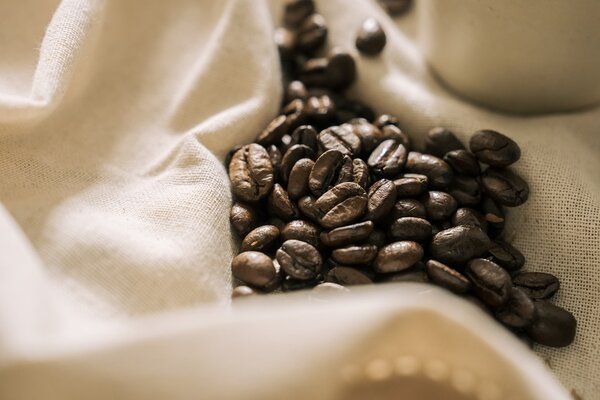 |
 |
I was served Vietnamese coffee a few times by a friend who had lived there for a few years.
The subtle hint of spice, blended with strong coffee and sweet condensed milk made for a brilliant morning brew.
I’ve tweaked the concept to create a fast-acting energy gel, with a caffeine hit.
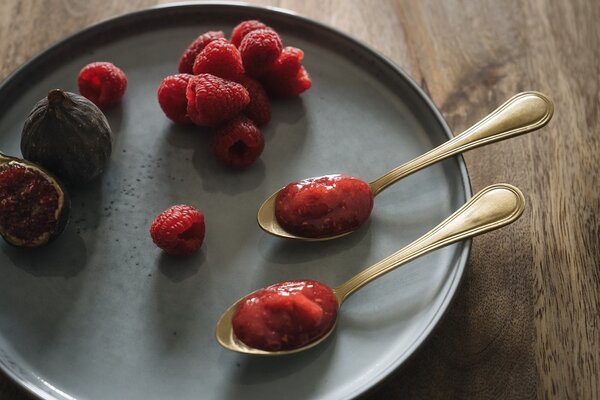
Ingredients: Makes 200 ml gel
100 g fresh raspberries
4 ripe figs
2 tbsp apple syrup (substitute with pear, date or agave syrup if not available)
Method:
Blend all ingredients until smooth.
Decant into reusable gel bottles.
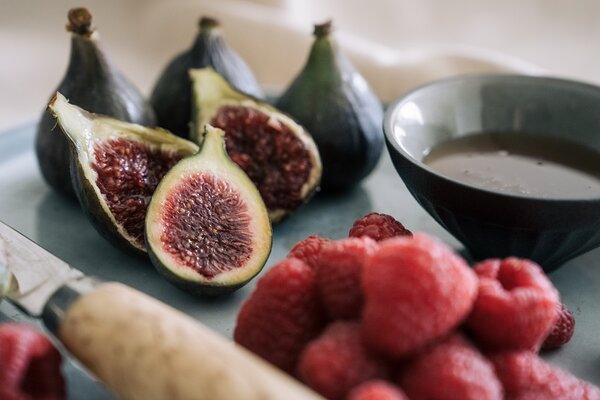 |
 |
Sometimes energy gels can be sickly sweet, so we wanted to incorporate a sour element into this gel.
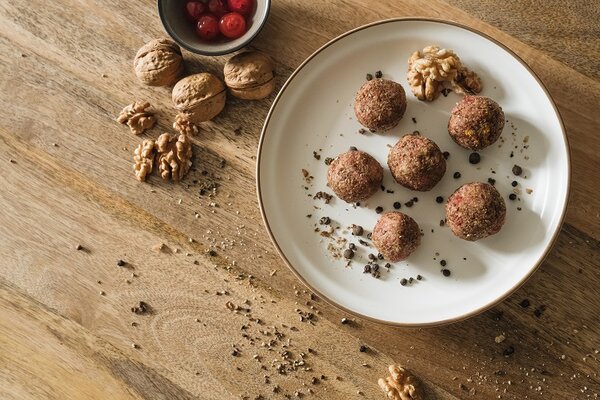
Ingredients: Makes 6 balls
2 tbsp glacé cherries
Large handful walnuts
Pinch cracked black pepper
Coating: Ground linseed
Method:
Pulse the walnuts, cherries and pinch of pepper together.
Turn out onto a plate and roll into balls.
Dust with linseed powder to make them less sticky to the touch.
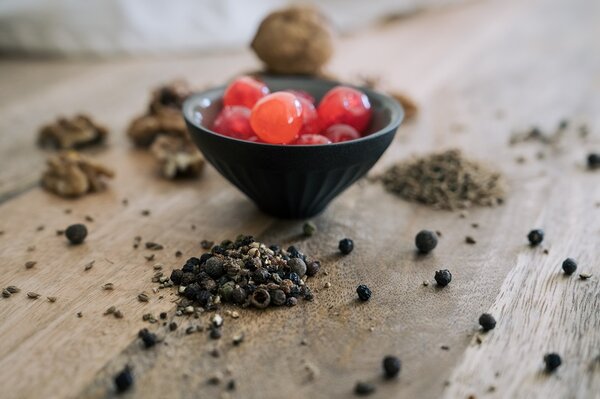 |
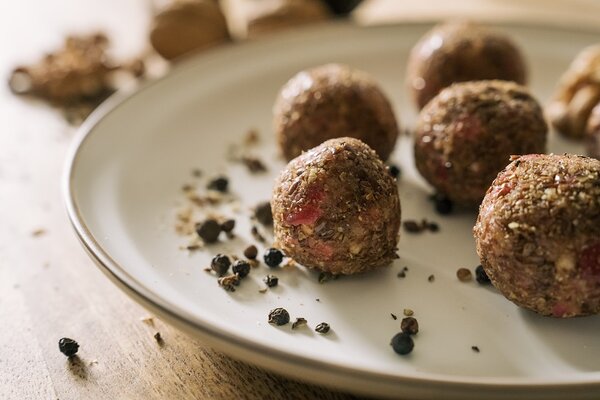 |
After an intense 2-day mountain training course in North Wales, including one very wet and windy night navigation exercise, we finished up in a café that served pint mugs of strong tea and home-made bread and cakes – one of which was cherry and walnut.
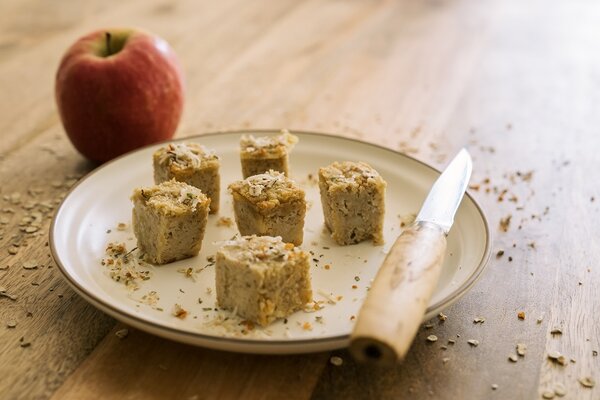
Ingredients: Makes 15 cubes
1 apple, cored and roughly chopped
80 g hard cheese
150 g oats
1 tbsp olive oil
Method:
Preheat oven to 170°C
Grease some silicone bar molds or a bread tin with a little oil.
Pulse all the ingredients in a blender until roughly mixed but not pureed.
Spoon into the molds/tin.
Cook for 30 minutes.
Remove and allow to cool.
When cool, refrigerate for 1 hour to firm up.
Cut into bite size cubes and store in a reusable container.
 |
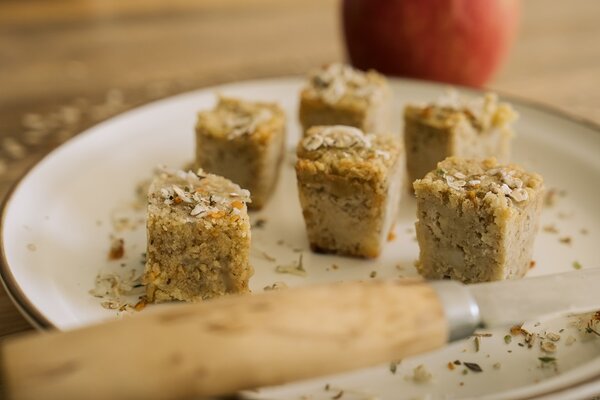 |
Our tastebuds quickly become saturated with sweet flavors, and it’s a joy to have something savory, and simple like a tomato and cheese sandwich.
However, a sandwich can be tricky to carry and eat in winter conditions, so we’ve created this alternative to deliver slower release carbohydrates for more sustained energy.
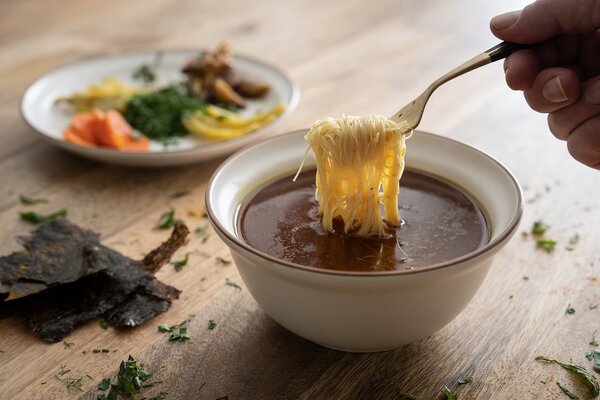
Ingredients: Makes 1 liter
1 beef or ham bone, preferably with marrow. Can be omitted if you’re vegetarian or vegan.
1/2 lemon
4 shallots, peeled and halved
3 carrots, roughly chopped
1 fennel bulb, roughly chopped
1 dried pepper
Thumb-sized piece of ginger, peeled
2 tsp sea salt
2 tsp black pepper
2 tsp turmeric powder
1 tsp chili paste - can be omitted
2 tbsp sunflower or rapeseed oil
2 liters water
Optional – to serve
Method:
Heat the oil in a large pot. When warm, lightly caramelize the lemon, shallots, fennel and ginger.
Add the chili paste, spices and cook for 1 minute.
Add the water, carrots, bone and salt & pepper.
Bring to the boil, reduce to a low simmer, cover and cook for 2-3 hours.
Allow to cool, pass through a sieve, keep the vegetables and any meat left on the bone.
Store the broth in Tupperware in the fridge.
NB, if you want to remove any fat, it will solidify on the surface of the broth overnight so can be carefully removed with a spoon.
On the hill:
If you’re heading out for a winter’s day in the mountains the next day, heat up the broth and transport it in an insulated flask.
At home:
If drinking the broth as a post-adventure refuel, you can add the additional vegetables and noodles to increase the nutritional aspect.
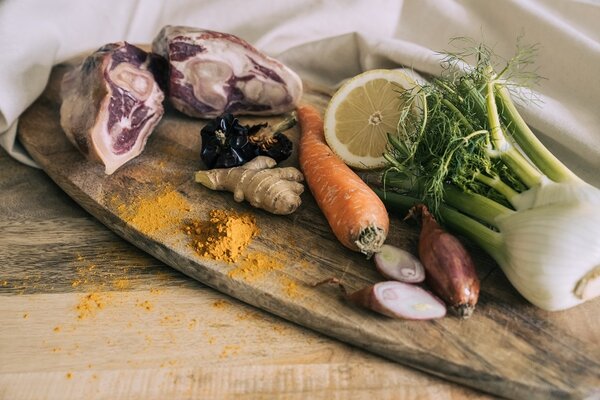 |
 |
All too often we throw away vegetables that look a little past their best.
Instead, use these vegetables as a base for a warming broth. If you want to increase the protein and fats in the broth, add a marrow bone. If you ask your butcher nicely, they may give you the bone for free.
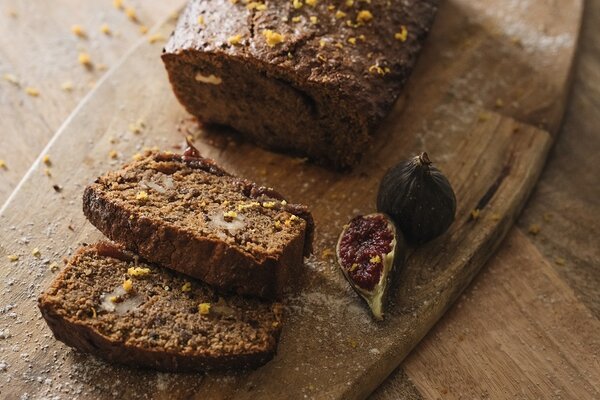
Ingredients:
8-10 ripe figs, halved
1 tbsp vanilla sugar
Zest of 1/2 orange
200 g butter plus 1 tbsp for greasing the tin - softened
200 g dark brown sugar
4 eggs
10-12 prunes, pitted
1 tbsp vanilla essence
Juice of 1 orange
125 g spelt or buckwheat flour
75 g ground linseed
Large handful walnuts
Method:
Preheat oven to 170°C
Grease a bread/cake tin with 1 tbsp butter
Put the figs in a bowl, dust with the vanilla sugar and orange zest.
Leave to rest for 20 minutes.
In a food processor or blender, blend the sugar and butter until well combined and fluffy.
Add the orange juice, vanilla essence, and eggs (one at a time).
Add the prunes, linseed and flour. Mix well until you have a thick batter.
Lay the figs, cut side down, in the bottom of the cake tin.
Pour over the batter, level out the surface and bake for 1 hour or until a sharp knife inserted into it comes out clean.
Remove from the oven, allow to cool for 20 minutes then remove from the tin.
Cut into slices and transport in a beeswax wrap or other reusable container.
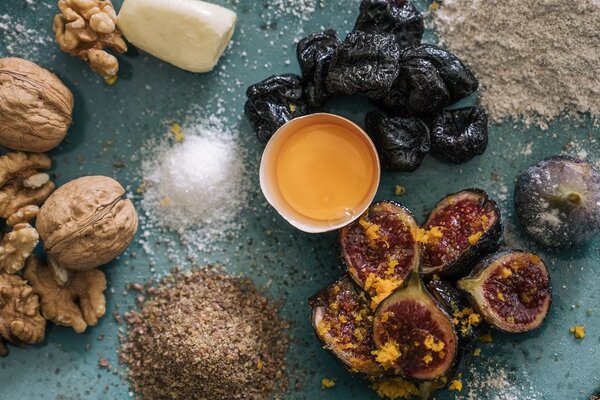 |
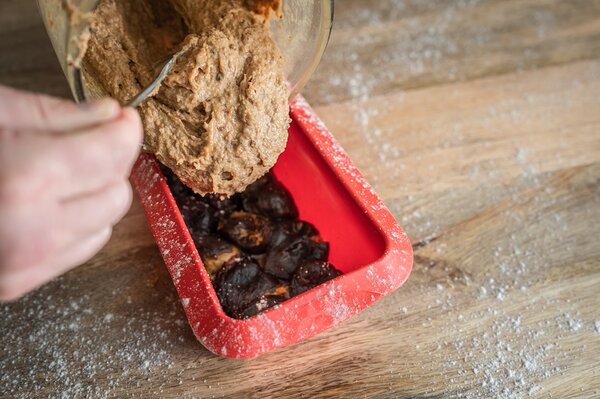 |
One very traditional Scottish/Welsh/English mountain cake I remember from my ML/IML training days was made with prunes, nuts, flour and cold tea. This was made into a dense cake, fantastic on a wet, windy day.
This is my updated version, replacing plain flour with spelt/buckwheat, and adding figs for additional fast-action energy.
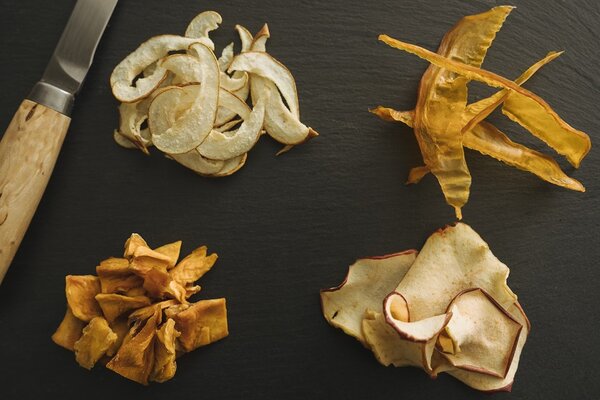
Ingredients:
1 ripe mango
2-3 ripe pears
2 ripe apples
Method:
Preheat oven to 50°C
Line an oven tray with a silicone sheet or greaseproof paper
Peel the mango and either cut it into cubes or thin slices
Finely slice your apples and pears
Lay out on the sheet and put in the oven (with the door slightly open) until dry and just about pliable.
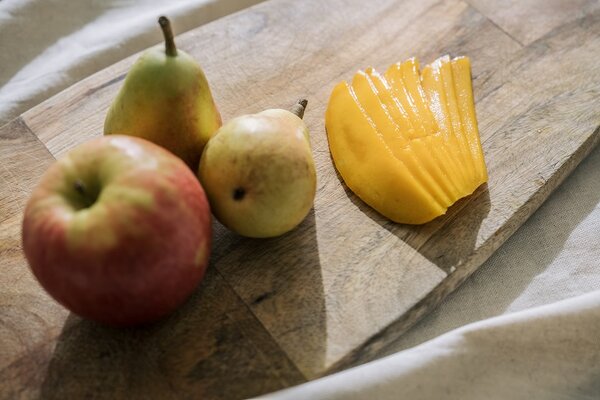 |
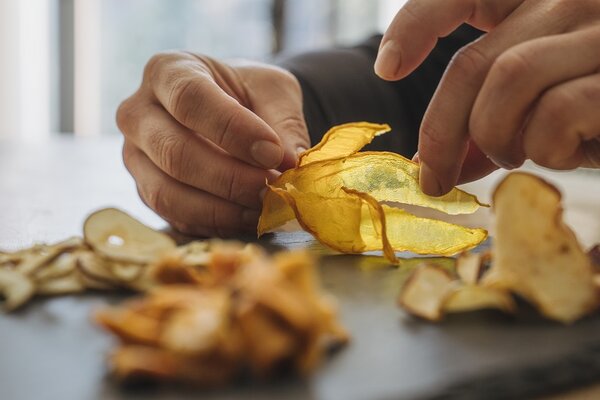 |
Two reasons:
1. A lot of dried fruit available in stores either has additional sugar, or sugar and preservatives. Your homemade version has neither of these.
2. If you have fruit that is overripe, it might not look great for eating, but instead of throwing it away, you can dry it and use it as trail food.

Ingredients: Makes 5 bars
50 g sun-dried tomatoes
80 g hard cheese
150 g oats
1 tbsp olive oil
Method:
Preheat oven to 170°C
Grease some silicone bar molds or a bread tin with a little oil.
Pulse all the ingredients in a blender until roughly mixed but not pureed.
Spoon into the molds/tin.
Cook for 30 minutes.
Remove and allow to cool.
When cool, refrigerate for 1 hour to firm up.
Cut into bars (if not in mold) and store in a reusable container.
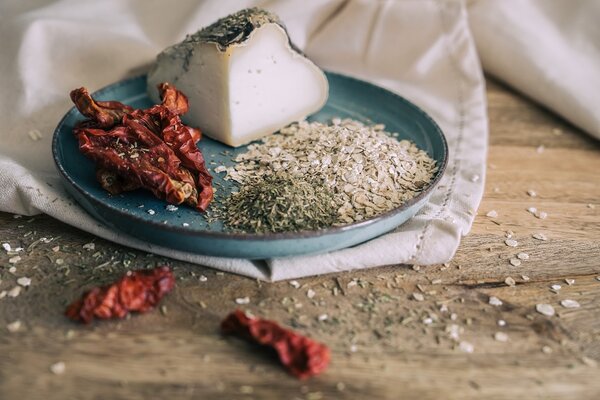 |
 |
Our tastebuds quickly become saturated with sweet flavors, and it’s a joy to have something savory, and simple like a tomato and cheese sandwich.
However, a sandwich can be tricky to carry and eat in winter conditions, so we’ve created this alternative to deliver slower release carbohydrates for more sustained energy.
No problem: the registration only takes a short moment.
Register in two easy steps. We look forward to welcoming you!